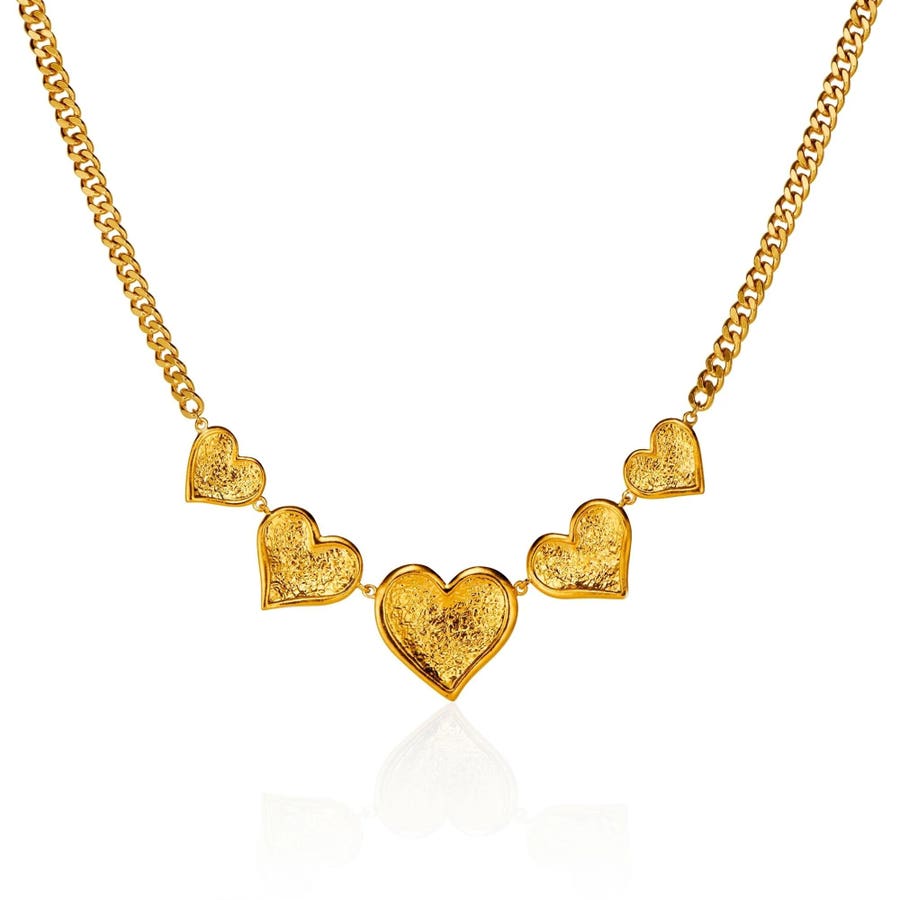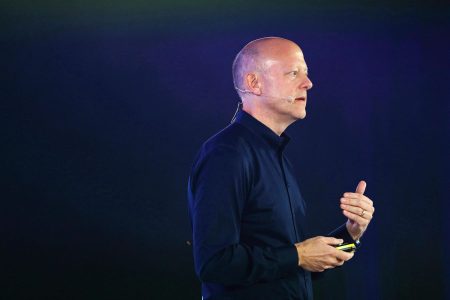Menē, a direct-to-consumer jewelry company, is experiencing a significant surge in popularity, driven by its innovative approach to selling 24-karat gold and platinum jewelry by weight. This concept, long-established in Asian markets, is now captivating Western consumers seeking alternative investment opportunities. Menē’s appeal extends beyond traditional investors, attracting fashion enthusiasts after a successful pop-up at Dover Street Market New York. The brand offers a unique proposition: “investment jewelry,” where the value of a piece is directly tied to the fluctuating market price of its precious metal content. This transparency is evident on the Menē website, where prices update in real-time, reflecting the current gold value and a transparent Menē fee covering design, production, and business costs. The company’s portfolio ranges from everyday pieces to extravagant items, including a herringbone choker, a gold and platinum chess set, and even a solid gold button, each embodying the concept of wearable, transferable wealth.
The foundation of Menē’s business model lies in the intrinsic value of gold. Beyond its ornamental applications, gold plays a crucial role in numerous industries, from electronics and computing to space exploration and medicine, making it a highly sought-after commodity. Its price has historically shown consistent growth, reaching record highs in recent years. Roy Sebag, Menē’s executive chairman and co-founder, underscores gold’s reliability as an investment, characterizing it as “money” and a dependable “piggy bank.” He highlights that the value of jewelry purchased from Menē since its launch in 2017 has nearly doubled, demonstrating the tangible returns of this investment strategy.
Sebag’s inspiration for Menē stemmed from his experience in the bullion and precious metals market. While working with Goldmoney, a gold investment and services organization, he observed the jewelry industry’s relative insensitivity to gold price fluctuations compared to other sectors, such as technology. He recognized a disparity between the rising cost of gold and the seemingly static pricing of jewelry, attributing this to significant profit margins and a lack of consumer awareness regarding the true value of their purchases. This realization led him to conceive of jewelry as a tangible investment, a concept further solidified by discussions with Diana Widmaier Picasso, granddaughter of Pablo Picasso and Menē’s co-founder.
Picasso, drawn to the enduring nature of gold and its cultural significance, recognized the potential for jewelry to be more than mere adornment. She saw an opportunity to imbue pieces with historical resonance and narrative power, reflecting gold’s enduring role in human stories of wealth preservation and cultural heritage. Together, Sebag and Picasso brought in Sunjoo Moon as Chief Artistic Officer, whose extensive experience in high fashion and design translated the concept of investment jewelry into tangible, aesthetically appealing pieces. Moon’s designs, characterized by a minimalist elegance, leverage the intrinsic beauty of gold while respecting its weight and value. This design philosophy has resulted in a diverse collection catering to a wide range of budgets, from smaller charms and tags to substantial chains and cuffs.
Menē’s commitment to ethical sourcing and in-house production further enhances its appeal. The company utilizes ethically mined North American gold and manufactures its jewelry in its own factory, ensuring quality control and transparency throughout the production process. While the concept of selling gold jewelry by weight is well-established in Asia, Menē sees significant growth potential in Western markets, where traditional jewelry purchasing habits are being challenged by this innovative approach. The brand’s success underscores a shift in consumer behavior, with increasing demand for tangible investments and transparency in pricing. This is particularly evident in the face of rising gold prices, which, counterintuitively, have fueled Menē’s sales rather than hindering them.
Beyond its core business, Menē actively engages in collaborative projects, partnering with artists and designers to create limited-edition pieces imbued with cultural significance. Collaborations with the estate of Louise Bourgeois and photographers Inez & Vinoodh exemplify this approach, adding artistic value to the intrinsic worth of the gold itself. This strategy resonates with a growing segment of consumers seeking more than just decorative jewelry. They seek pieces that tell a story, hold cultural relevance, and represent a tangible investment. Initially, Menē’s clientele primarily comprised art collectors and investors, but the brand’s appeal has broadened to encompass a demographic similar to other luxury jewelry brands, reflecting a wider acceptance of the investment jewelry concept.
Menē’s success story also highlights the transformative power of e-commerce in the luxury market. Despite the traditionally dominant role of brick-and-mortar stores in luxury jewelry sales, Menē has thrived online, generating significant revenue. This achievement is particularly noteworthy given the initial skepticism surrounding online sales of high-value items. The company’s disruptive approach, coupled with its unique value proposition, has resonated with consumers seeking alternative investment avenues and transparent pricing in the luxury market. Menē’s ability to build a successful luxury brand in a relatively short period further underscores the shifting landscape of the industry, driven by changing consumer preferences and the rise of online retail. The company’s vision extends beyond mere profitability; it aims to create heirloom pieces that transcend fleeting trends and hold lasting value, much like iconic pieces from established luxury houses. This focus on enduring value, combined with the inherent appeal of gold, positions Menē as a potential disruptor in the luxury jewelry market, challenging traditional notions of luxury and investment.










